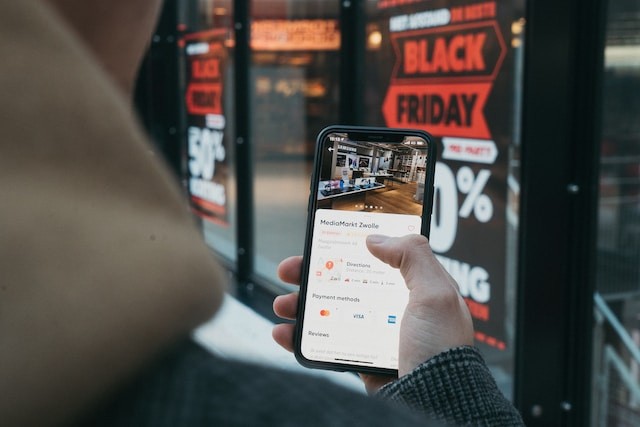
A dark cloud has been looming over Black Friday over the past few weeks as numbers of retailers have released cautious, cold, or disappointing fourth-quarter outlooks, casting a shadow over the vital holiday season just as they prepare for the biggest shopping day of the year.
Understanding The "Black Friday Blues"
"Black Friday Blues" is a common slang term used to characterize feelings of disappointment, stress, or unfavorable emotions related to shopping at Black Friday. It might reference the difficulties and disadvantages of participating in the crazy Black Friday shopping events. This could involve elements like packed stores, lengthy lineups, fierce competition for sales, or the general anxiety associated with the holiday shopping rush.
Holiday Forecasts
The businesses, which range from luxury goods giant Tapestry to big boxer BJ's Wholesale Club, reduced their outlooks or released forecasts that fell short of expectations due to various factors. Some retailers, like Best Buy and Nordstrom, blamed the consumer's unpredictability after months of high inflation. In contrast, others, like Hanesbrands, claimed that as wholesalers try to control inventory, demand for their basic T-shirts, socks, and underwear is just running out. Even Abercrombie & Fitch and Dick's Sporting Goods, which both increased their full-year guidance on Tuesday following impressive third quarters, failed to impress with their holiday projections.
Caution is the one word that best sums up the commentary. While some retailers may have been unduly pessimistic in their projections, the overwhelming lack of confidence anticipates problems for the holiday quarter. It raises concerns about the state of the economy as a whole.
READ ALSO : 3 Steps to Help You Get Out of Debt
"Consumers are still spending, but pressures like higher interest rates, the resumption of student loan repayments, increased credit card debt and reduced savings rates have left them with less discretionary income, forcing them to make trade-offs," Target CEO Brian Cornell told analysts on a call last week.
"As we look at recent trends across the retail industry, dollar sales are being driven by higher prices with consumers buying fewer units per trip. In fact, overall unit demand across the industry has been down 2% to 4% in recent quarters, and the industry has experienced seven consecutive quarters of declines in discretionary dollars and units," he added.
In response to a question regarding the approaching holiday season, Cornell stated that the company was "watching the trends carefully" and was too soon to comment on early sales.
Mediocre Increase in Holiday Spending
Due to the COVID-19 pandemic, which provided consumers with stimulus payments and an opportunity to boost their bank accounts while they were stranded at home and unable to travel or eat out, the holiday shopping season has experienced abnormal growth over the last few years. The National Retail Federation reported that holiday spending increased by 9.1% in 2020 compared to the previous year. Spending increased by 12.7% in 2021 and 5.4% in 2022 compared with the year earlier. The NRF projects that growth in holiday spending will slow to 3% to 4% as 2023 draws to an end, savings accounts shrink, and consumers continue to deal with inflation and high-interest rates. In the run-up to the pandemic, that is consistent with slower growth rates observed between 2010 and 2019. Many retailers are approaching the holiday season more cautiously than Wall Street had anticipated due to the expected slowdown.
On Monday, the consumer team at Bank of America discovered that of the 43 retailers who released earnings projections, 37, or 86%, were in line with Street estimates. Consider Walmart as an example. The retailer saw a decline in consumer spending toward the end of October, so it was cautious in its outlook, which came in below expectations. Last week, LSEG, formerly known as Refinitiv, stated that it anticipates adjusted earnings per share of $6.40 to $6.48 for the year, less than the $6.48 analysts had predicted.
The retailer expressed its excitement for the holiday. Still, it tempered that sentiment with executives' constant references to the things "within our control"-a theme that emerged four times in the sixty-minute call.
"We are very excited about what we have within our control for Q4. Our products are in stock. We've got tremendous gifts ... and the teams are pumped to deliver an amazing holiday experience," CEO Lauren Hobart said on a call with analysts. "We're balancing all of that with caution about the macroeconomic environment and the consumer, because we know that consumers are going through a lot right now. So, I think, we've been reasonably cautious in our guidance."
RELATED ARTICLE : Money And Financial Problems: 6 Lessons That Can Help You Fix It



